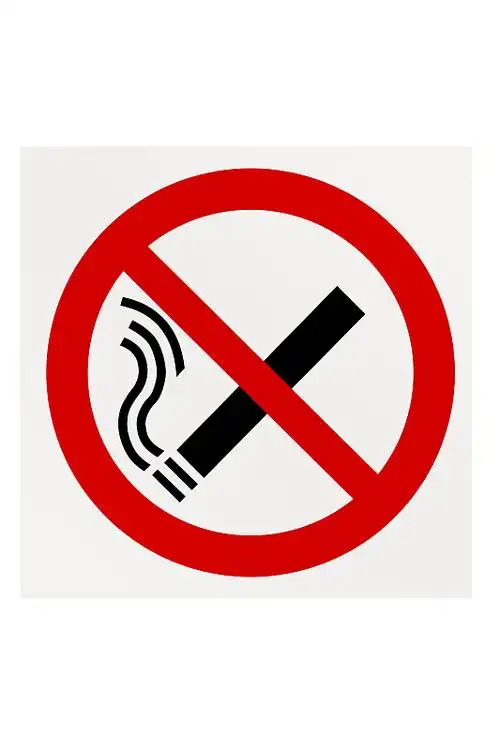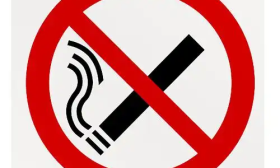A User-Friendly Guide to Taming Your Overheating Vape
There’s nothing quite as unsettling as bringing your vape to your lips, expecting a smooth, flavorful cloud, only to be met with a harsh, burning sensation. An overheating vape is more than just an inconvenience; it’s a sign that something is wrong. That intense heat can ruin your device, destroy your e-liquid, and turn your relaxing habit into a frustrating ordeal.
But don't worry! You’ve come to the right place. This comprehensive guide is designed to walk you through the common causes of vape overheating and provide clear, step-by-step solutions for a hot vape. We'll demystify the technicalities and give you the knowledge to not only fix the current issue but also prevent it from happening again. Let's dive in and cool things down.
Understanding Why Your Vape is Hot: The Root Causes
Before we jump into fixes, it's crucial to understand what's happening inside your device. A vape generates vapor by heating a coil, so a certain level of warmth is normal. However, when it becomes too hot to hold or produces a burnt taste, we've crossed into overheating territory. The primary culprits are almost always related to the coil, the battery, or your vaping habits.
1. Coil-Related Issues: The Heart of the Problem
The coil is the engine of your vape, and it's the most frequent offender when it comes to fixing a burnt taste in your vape.
- Aged or Burnt-Out Coil: This is the number one reason for overheating. Over time, sweeteners and residue from e-liquid caramelize on the coil wire and surrounding cotton. This gunk acts as an insulator, forcing the coil to work harder and heat up more to vaporize the fresh e-liquid. Eventually, the cotton itself burns, leading to that awful, permanent burnt taste. If you're wondering how to tell if your vape coil is burnt, the taste is a dead giveaway. Visually, a used coil will be dark black or brown, compared to the light, clean cotton of a new one.
- Incorrect Ohm Rating and Wattage Mismatch: This is a critical piece of the puzzle. Coils have a specific resistance, measured in ohms (Ω). Using a high-wattage setting on a low-resistance coil designed for it is fine. But if you use a high-wattage setting on a high-resistance coil (e.g., a 1.0Ω coil at 80 watts), you are pumping far more power than it can handle, causing it to overheat almost instantly. This is a classic case of preventing vape coil from burning through proper settings.
- Chain Vaping: Not Letting the Wick Satiate Chain vaping is the habit of taking multiple puffs in quick succession. Every time you fire your device, the coil heats up. If you don't allow enough time between puffs for the cotton wick to re-saturate with e-liquid, you're essentially heating a dry or semi-dry coil. This is known as a "dry hit," and it quickly leads to burnt cotton and an overheated device.
2. Battery and Mod Complications
For users of advanced mods and external batteries, the power source is another area for potential issues.
- Faulty or Damaged Batteries: Batteries degrade over time. An old, damaged, or low-quality battery may struggle to deliver stable power, causing inconsistent performance and excess heat generation. Always inspect your batteries for any tears in the wrapper or dents in the casing.
- Improper Ventilation and Device Overworking: Some devices, especially powerful mods, generate heat during normal operation. If the device's ventilation slots are blocked by your hand or if it's stuffed in a tight pocket, the heat has nowhere to go, causing the entire unit to overheat. Furthermore, running your device at its absolute maximum wattage for extended periods will push its components to the limit.
3. E-Liquid and Tank Factors
Sometimes, the problem isn't the hardware but what you're putting into it.
- High VG E-Liquid in Non-Compatible Tanks: Vegetable Glycerin (VG) is thicker than Propylene Glycol (PG). While high-VG juices are great for cloud-chasing, they have trouble wicking efficiently in smaller pods or tanks designed for higher-PG, tighter-draw vaping. The thick liquid can't flow to the coil fast enough, leading to dry hits and solving high temperature vaping issues related to wicking.
- A Tank That's Not Properly Assembled: A loose connection, a cross-threaded coil, or a missing O-ring can cause small shorts or poor contact, leading to irregular heating and potential overheating.
Your Step-by-Step Troubleshooting Plan to Stop Vape Overheating
Now that we know the "why," let's get to the "how to fix." Follow these steps methodically.
Step 1: The Immediate Coil Check and Replacement
This is your first and most important step.
- Inspect the Coil: Remove the tank from your battery and look at the coil. Is it dark? Can you see black, crusty gunk on it? Does it smell burnt? If yes, it's time for a change.
- Replace the Coil: Install a brand-new coil of the correct type and resistance for your device. Before you install it, prime the coil. This is the single best practice for preventing vape coil from burning. Drip a few drops of e-liquid directly onto the cotton exposed in the coil's wicking holes. Let it sit for a full 10-15 minutes after filling the tank to ensure it's fully saturated.
Step 2: Adjust Your Wattage and Settings
- Find the Recommended Range: Every coil has a recommended wattage range printed on its side or on the box. If you were vaping above this range, lower your wattage to the bottom of the range and work your way up until you find a satisfying vape.
- Use Temperature Control (If Available): If your device has a Temperature Control (TC) mode and you are using compatible coils (like Nickel, Titanium, or Stainless Steel), this mode is excellent for solving high temperature vaping issues. It prevents the coil from exceeding a set temperature, virtually eliminating the chance of a dry hit.
Step 3: Audit Your Vaping Habits and E-Liquid
- Pace Yourself: Make a conscious effort to slow down. Wait 15-30 seconds between puffs to give the wick time to re-saturate. This simple habit can dramatically extend your coil's life.
- Choose the Right E-Liquid: If you are using a high-VG e-liquid (e.g., 70% VG or higher) in a small pod device, try switching to a 50% VG / 50% PG blend. The thinner consistency will wick much more effectively and prevent dry hits.
Step 4: Conduct a Battery and Device Health Inspection
- Check Your Batteries: For devices with removable batteries, inspect them carefully. Rewrap any batteries with nicks or tears immediately. Also, make sure you are using married batteries (a set that is charged and discharged together) in dual-battery mods.
- Clean the Connections: Use a cotton swab with a tiny bit of isopropyl alcohol to clean the 510 connection on both your mod and tank. A dirty connection can cause arcing and heat buildup.
- Ensure Proper Ventilation: Be mindful of how you hold your mod. Keep your fingers away from the vent holes to allow for proper airflow to cool the electronics.
Proactive Measures: How to Prevent Overheating for Good
An ounce of prevention is worth a pound of cure. Integrate these habits into your vaping routine.
- Prime Every New Coil: Never, ever skip this step. A properly primed coil is a happy coil.
- Start Low and Go Slow: When breaking in a new coil, always start your wattage at the very bottom of its recommended range. Take a few gentle puffs, then incrementally increase the wattage by 5 watts until you hit your sweet spot.
- Stay Hydrated (Your Tank, That Is): Don't let your e-liquid level drop below the coil's wicking holes. Top off your tank regularly to ensure the cotton is always in contact with liquid.
- Store Your Device Properly: Don't leave your vape in a hot car or in direct sunlight. Extreme ambient heat can cause the internal components and the battery to overheat and can also thin out your e-liquid, leading to potential leaking.
When to Seek Professional Help or Replace Your Device

If you have gone through all these troubleshooting steps and your device is still overheating, the problem may be more serious.
- Internal Malfunction: The chipset (the device's brain) or the internal wiring could be faulty.
- Battery Failure (Non-removable): For devices with built-in batteries, the battery itself may be failing and holding less charge while generating more heat.
In these cases, especially if the device is getting dangerously hot, it is safest to stop using it immediately. Consult the manufacturer's warranty or consider replacing the device altogether. Your safety is paramount.
We hope this guide has empowered you with the knowledge to diagnose, fix, and prevent an overheating vape. By understanding the simple mechanics and adopting good practices, you can ensure a consistently cool, flavorful, and satisfying vape every time. Happy vaping








